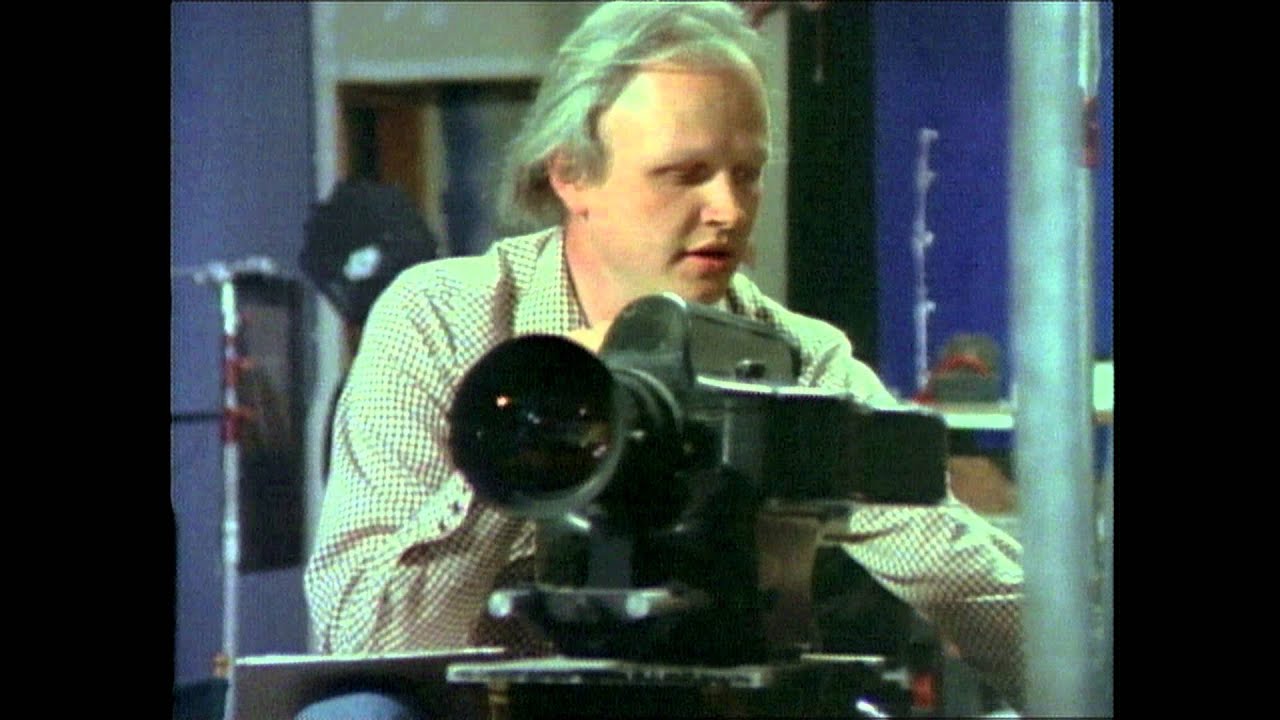Learn the secrets behind the Star Wars saga’s many innovative visual effects, from the Death Star’s detailed interiors to the towering AT-AT walkers. This vintage featurette opens by detailing the chess game played between Chewbacca and C-3PO in Star Wars: Episode IV A New Hope. The creatures in the game were animated via stop-motion then superimposed onto the chess board, with a visual trick giving them a holographic appearance. The scene took place on the Millennium Falcon, itself a model, photographed by a computer-controlled camera.
It was shot stationary on a blue screen, which allowed for different backgrounds and other moving objects to be added later. The same technique was used to create the film’s dogfights and Death Star trench run. Matte paintings were also a heavily used form of visual effects in A New Hope. During Obi-Wan Kenobi’s deactivation of the Death Star’s tractor beam, Alec Guinness was shot on-set. A matte painting served as the background, with a spot left open for the footage of Guinness to be inserted. Mark Hamill narrates behind-the-scenes footage from Star Wars: Episode V The Empire Strikes Back, in which Dennis Muren and Phil Tippett work on the tauntaun sequence. The miniature tauntaun is animated one frame at a time by hand via stop-motion. It takes the two one hour to create one second of finished stop-motion film. The same technique is used to animate the AT-AT walkers, shot on a set of baking soda and microscopic glass bubbles. It took nine months to design and build the AT-AT models, many of which were different sizes to create an illusion of depth. The snowspeeders from the Hoth sequence were also miniatures and shot on blue screen, either stationary and filmed with a computer-controlled camera, or controlled on a line for explosions and crashes. In creating the asteroid field sequence from The Empire Strikes Back, more blue screen work was used, combining various ships like the Millennium Falcon as well as individual asteroids into one shot. Backgrounds were then be created and inserted into the sequence without detection, resulting in one of the film’s most thrilling visual effects centerpieces.

